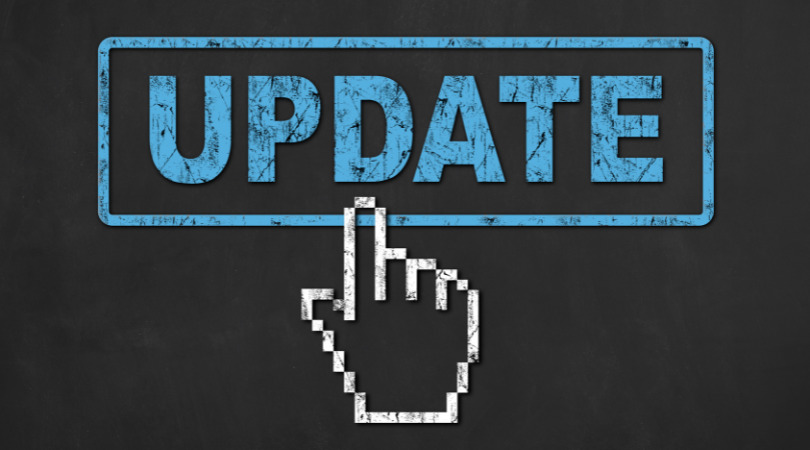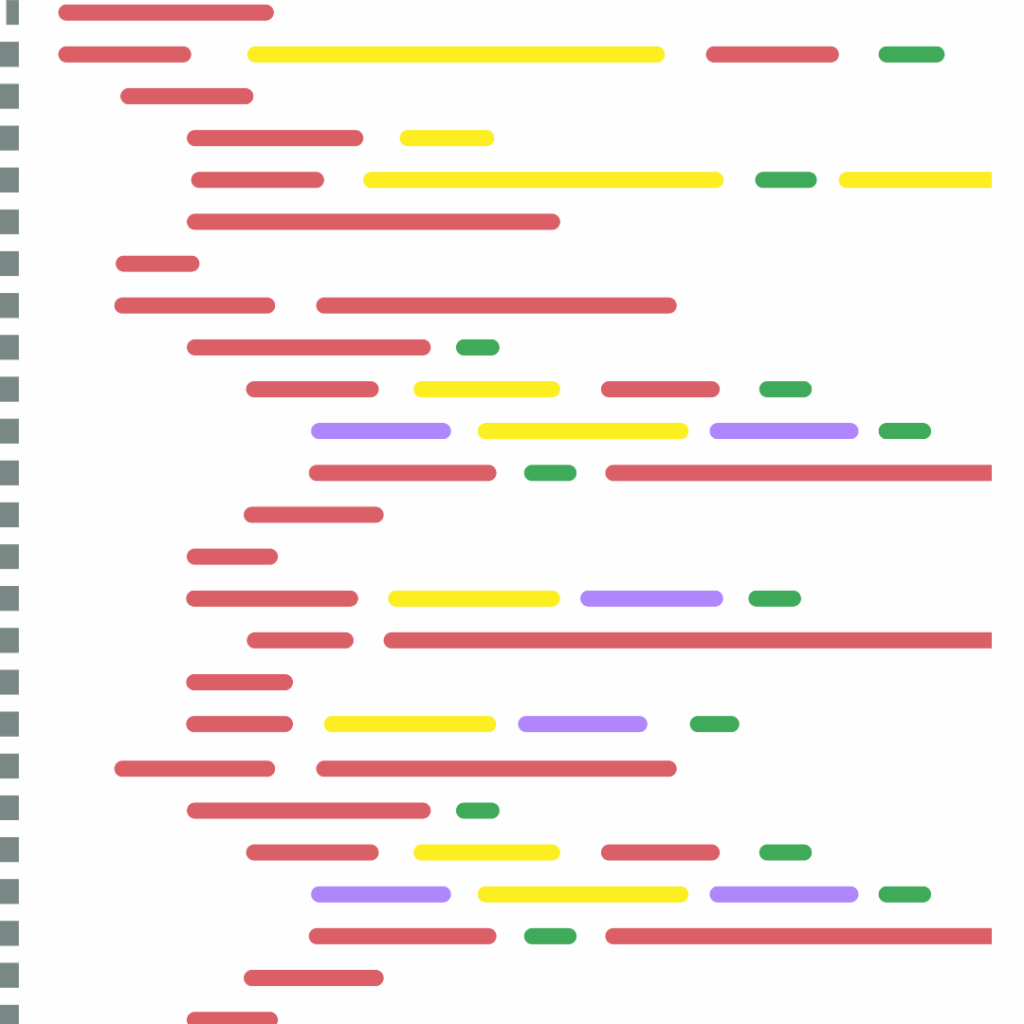Is it worth updating old code? Discover the benefits of modern development
What’s hep to the jive one day can become passé de mode the next. Case in point, the two phrases just used to mean both current and outdated. Slang, fashion, and whether or not scientists say a particular food or beverage is good for you change at a rapid pace. One might make an effort […]
Technologies

What’s hep to the jive one day can become passé de mode the next. Case in point, the two phrases just used to mean both current and outdated.
Slang, fashion, and whether or not scientists say a particular food or beverage is good for you change at a rapid pace. One might make an effort to keep up with what hemline is in or change their diets to include eggs, exclude eggs, and only use eggs on days that start with “S.” Or one may choose to ignore what’s in and stick with jeans and coffee.
Yet, perhaps, the fastest moving area — where going from best to worst can happen almost overnight — is that of technology.
Technology never stops and constantly evolves. With the rapid pace, program code tends to become outdated. What was cutting-edge is soon…not.
So what should you do when your product works, but its code is written according to old standards? Is it worth the time, energy, money, and stress to invest in modernization?
To answer those questions, let’s ask three more.
Why is it important to update the code?
Technical debt
Whenever updates are postponed, we accumulate what is called “technical debt”. This leads to higher support costs, makes it harder to develop new features, and increases the risk of failures.
Think of your software product like a house. Over time, the house will need repairs. The longer one puts off repairs, the more expensive and difficult it can be to repair them. Imagine a leak under the kitchen sink. The sink still works perfectly fine.

It might not be pleasant to spend a Saturday fixing it. The temptation might be to leave it for another day, but left unrepaired, damage will accumulate. Eventually, it is no longer fixing a small hole and cleaning up a puddle of water. The damage will continue to grow, and eventually, the bottom of the cupboard and subflooring may be damaged beyond repair. The moisture may have attracted insects to do further damage. Mold might grow. The cost of fixing the “simple” leak may lead to debt.
Technical debt works in the same way. The longer a software product is left, the more potential for the accumulation of technical debt.
Security
Outdated technologies often have vulnerabilities that can be exploited by hackers. Updating your code is one of the most effective ways to protect your product from cyberattacks.
To go back to the house, think of how much more secure a house is today than a few thousand years ago. Sure, we might still have the occasional spider, but far less than a thatched cottage. Keys, security systems, even windows and doors provide far more protection that what was offered a thousand — or even one hundred — years ago.
Performance
Modern technology allows for faster and more efficient applications. Modernizing your code will help improve the performance of your product and provide a better user experience.
Think how many chores have been transformed by more modern appliances. Mowing the lawn with a scythe was far slower than a modern lawn mower. The same for electric mixers, washing machines, and most other appliances. The newer the appliance, often the better it will function.
Scalability
If you plan to grow your product, outdated code can be a limiting factor. Modern architectures like microservices make it easy to scale applications.
Once people built their own front doors. Fitting a new one in would require a custom build. With today’s standardized measurements, switching out a front door for one of equal size should be easy…and leave time to fix the leak under the sink.
How do you know if your code needs to be updated?
To know if your code needs to be updated, watch for signs as obvious as a flood of water gushing out of a kitchen cupboard.
It is difficult to get support. If developers find it difficult to make changes to the code, it’s a signal that it needs to be refactored.
The performance is slow. If your product is slow or crashes frequently, it may be due to inefficient code.

The technology is outdated. If your product uses technologies that are no longer supported, it creates security risks and makes it difficult to find qualified specialists.
How to modernize?
Even if you know that the time has come to modernize, doing it can be stressful and intimidating. There are ways to help mitigate these issues.
Gradual update. Don’t try to update all the code at once. It’s better to break the process into small iterations.
Microservices. Divide your application into independent services that can be updated separately.
Refactoring. Systematically improve the structure of the code without changing its behavior.
Test automation. Ensure a high level of code coverage with tests to determine the quality of changes.
Code modernization is an investment in the future of your product. It will improve its security, performance, and scalability. It will allow your product to continue to serve your customers for years to come.
Swan Software Solutions has extensive experience in conducting such projects and is ready to help you assess the state of your code and develop an optimal modernization plan. To find out more, schedule a free assessment.




